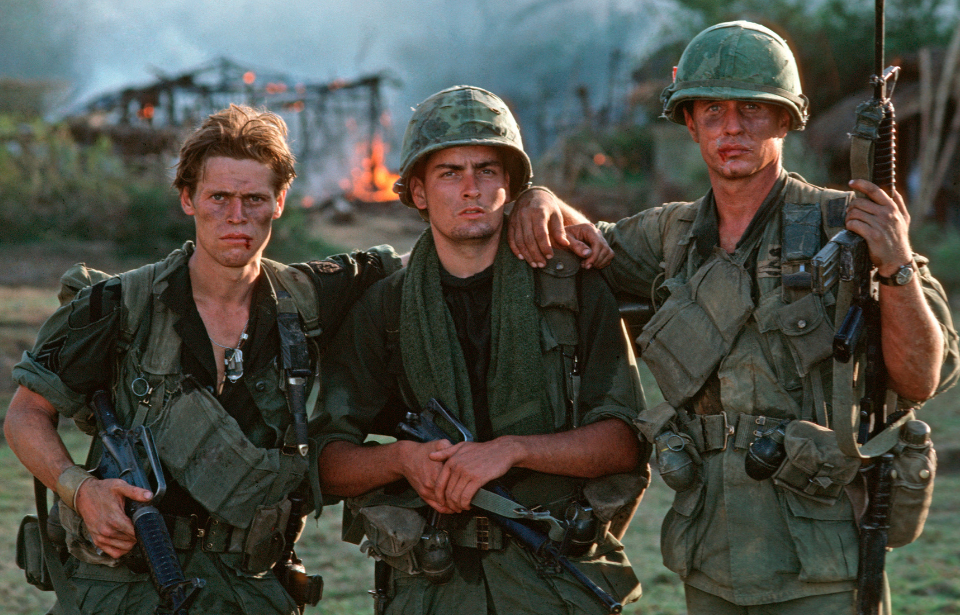The 1986 film Platoon, directed by Oliver Stone, stands as one of the definitive Vietnam War movies, alongside Full Metal Jacket (1987) and Apocalypse Now (1979). Stone, a veteran of the war himself, infused the film with his personal experiences. Here are some lesser-known facts about Platoon, including the cast’s two-week survival training in the Philippine jungle and the U.S. Department of Defense’s hesitation to support its production.
The filmmakers imported Vietnam’s distinctive red dirt
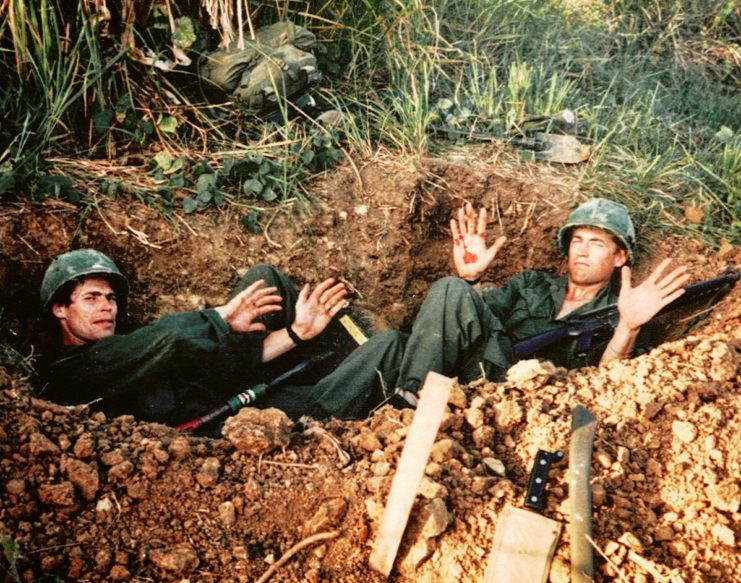
Director Oliver Stone initially wanted to film Platoon in Vietnam, but the authorities prevented this because of the way the movie would depict Vietnamese troops. Instead, the Philippines were chosen as a stand-in. It worked for the most part, except it lacked the country’s famous red soil.
To make the film look more authentic, Stone had Vietnamese soil imported to the Philippines and distributed around the set.
The Department Of Defense didn’t want to help make Platoon
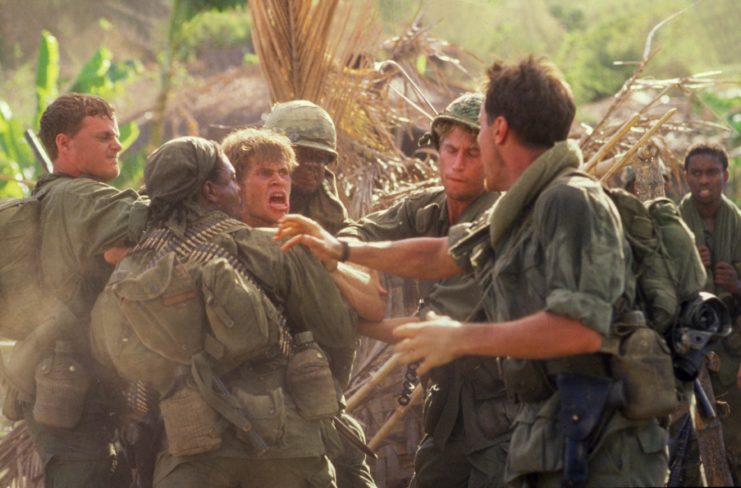
Platoon‘s filmmakers attempted to obtain authentic equipment and uniforms from the Department of Defense. Oftentimes, the Department will supply equipment and uniforms to movies featuring the US military, as it can help with public perception and increase recruitment numbers. In fact, the DoD has the Film Liaison Unit, which supervises the production of movies they’ve sponsored.
However, the Department declined to help with the production of Platoon, due to its “unglamorous” depiction of the US military. Instead, the movie had to purchase and borrow equipment from the Philippine military. This did help with authenticity, though, because the equipment was real and used.
Keith David saved Charlie Sheen’s life
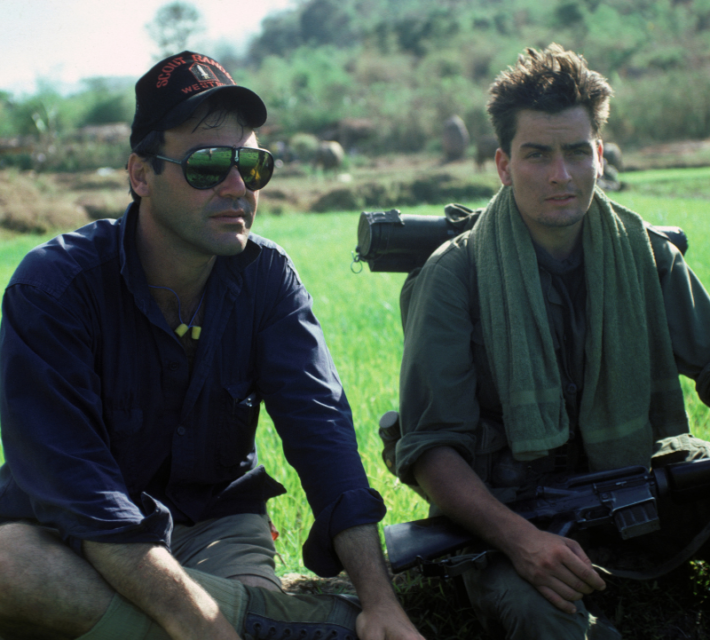
While filming a scene inside a helicopter, the craft made a sudden banking turn, catching actor Charlie Sheen off-guard while he was already unbalanced. The movement threw him toward the choppers open doors. Thankfully, co-star Keith David managed to grab onto Sheen before he fell out.
Afterward, Sheen credited David with saving his life.
Ben Stiller was turned down by Oliver Stone
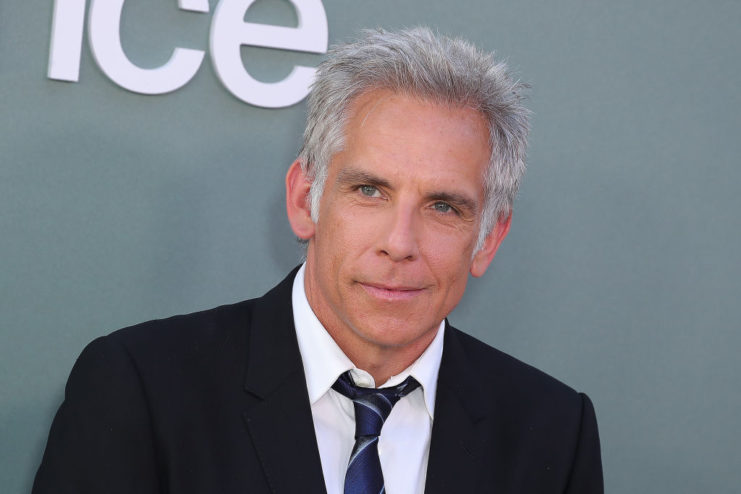
Platoon features a number of actors who eventually became very famous, such as Johnny Depp, but others didn’t have much luck in auditioning. Ben Stiller walked into the audition room, but was turned down by Oliver Stone before he could even talk. The director said Stiller was “too cute” to be in such a gritty movie.
Stiller eventually got his wish to perform in a Vietnam War film when he was cast in Tropic Thunder (2008), which parodied Vietnam-era movies, including Platoon.
The actors did, in fact, smoke an illicit substance for one Platoon scene
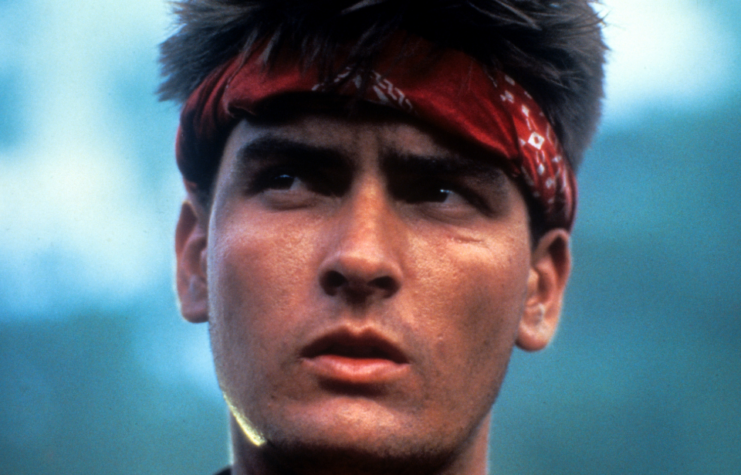
When preparing for a scene involving marijuana, many of the actors actually did smoke the illicit substance to help get them into character. Unfortunately, according to Willem Dafoe, they were “coming down” from their high by the time filming began, which led to them being “tired and useless.”
The actors wrote what they wanted on their helmets
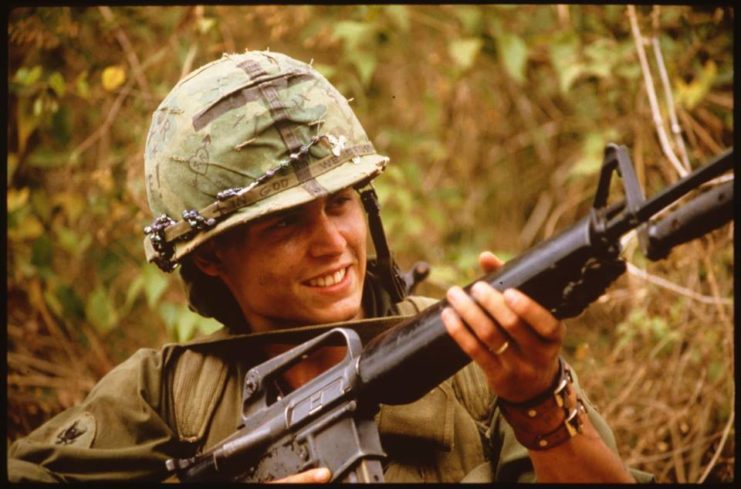
During the Vietnam War, US soldiers famously wrote slogans and phrases on their helmets. To establish authenticity and help the actors get into character, Oliver Stone allowed them to chose and write their own slogans on their helmets. This was unique in the entertainment industry, as things like that would normally be dealt with by the costume department.
Authenticity was among Oliver Stone’s biggest priorities
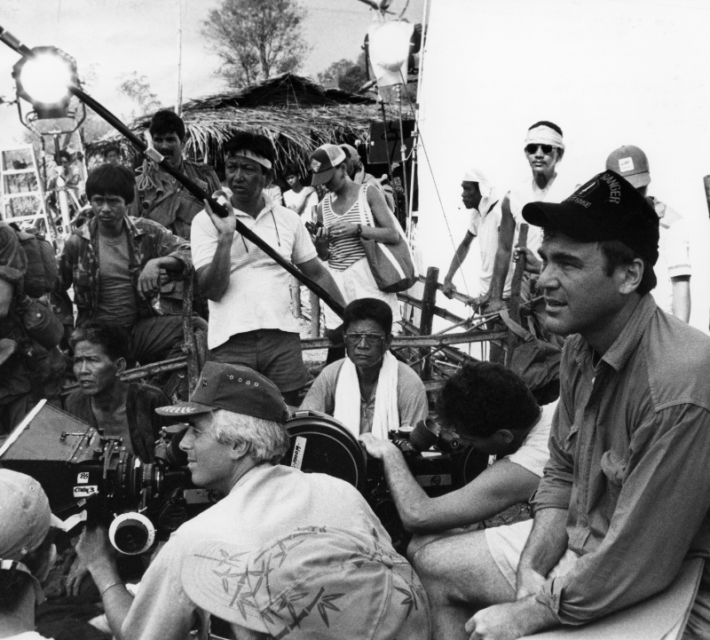
To achieve authenticity in Platoon, immersing the actors in their roles was essential. Oliver Stone, a Vietnam War veteran himself, was famously demanding of his cast. Before shooting started, he arranged a rigorous two-week boot camp led by Dale Dye, a decorated Vietnam veteran and the film’s advisor.
The actors spent this period in the Philippine jungle, dressed in uniform, digging foxholes, and surviving on rations. This experience wasn’t intended to foster camaraderie; instead, it was designed to wear them down physically and mentally before filming, enhancing their believability on screen.
Tom Berenger and Willem Dafoe were specifically chosen
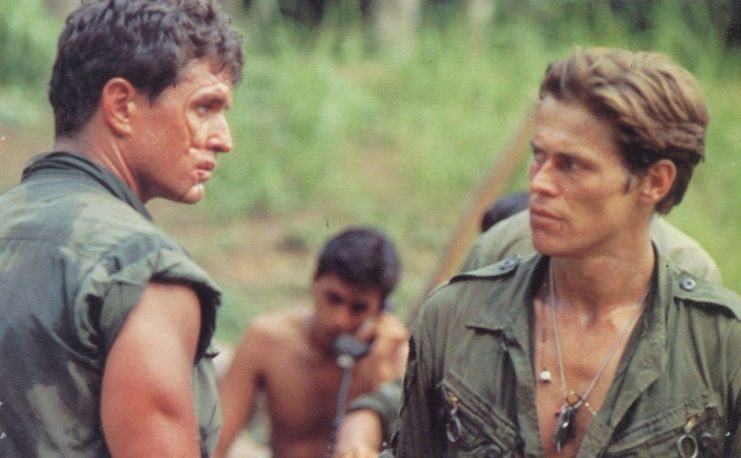
Whenever being cast in movies, Tom Berenger and Willem Dafoe were usually subjected to typecasting – Berenger typically played the good guy, while Dafoe was the villain.
More from us: Solo Snipers and Infinite Ammo: 10 Errors Movies Make Involving Guns
Want to become a trivia master? Sign up for our War History Fact of the Day newsletter!
Oliver Stone decided to reverse this and chose Berenger to be the ruthless and harsh Staff Sgt. Bob Barnes, while Dafoe played the caring and heroic Sgt. Elias. The actors were able to showcase their full acting ranges, and both received Oscar nominations for their performances.
